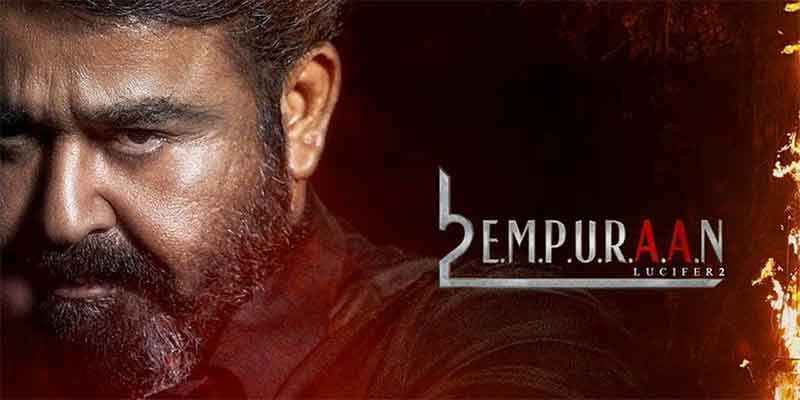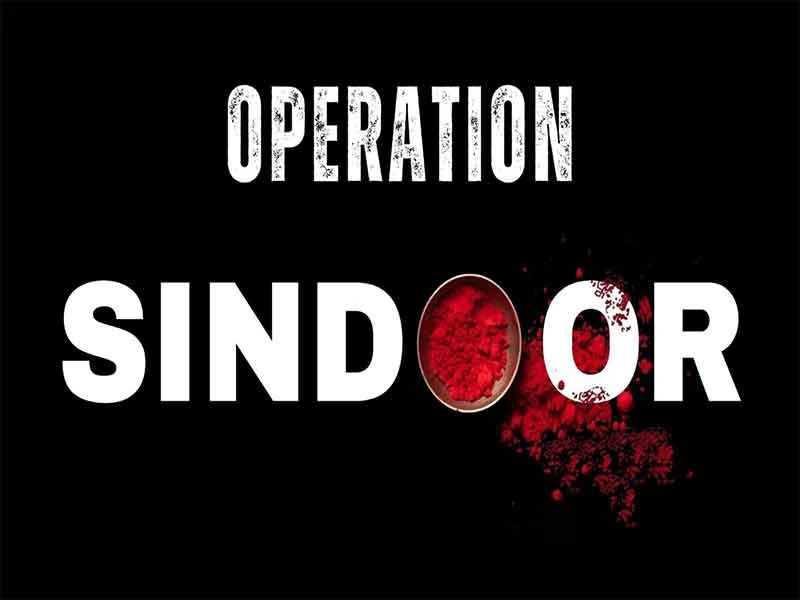
Ever since the Malayalam film L2: Empuraan was released, it has been in the news. While it has been appreciated for its bold depiction of 2002 Gujarat riots and portrayal of characters such as Baba Bajrangi, similar to Babu Bajrangi convicted for his role in Gujarat riots, the right-wing groups have alleged that there is a negative portrayal of Hindu community. The RSS-affiliated magazine Organiser has accused the film of promoting an “anti-Hindu and anti-BJP narrative. Right-wing groups also launched social media campaigns calling for a boycott, alleging that the film misrepresents Hinduism and promotes an “anti-national” narrative. Under pressure, the film makers announced edits which include removing 17 scenes based on recommendation of Central Board of Film Certification (CBFC) and changing the name of the character originally called Baba Bajrangi. The reaction of the Hindutva groups calling for editing has been said to be an attempt at silencing creative expression. Under pressure, the film star Mohanlal, issued an apology that the filmmakers did not intend to offend any political or religious groups and announced removal of certain scenes.
It is important to note how double standards are being promoted when it comes to artistic and creative expression. Recent periods have seen propaganda films that claim to represent the majoritarian narrative. These include films such as The Kashmir Files (2022), The Kerala Story (2023), PM Narendra Modi (2019), The Sabarmati Report (2024), Article 370 (2024), Razakar: The Silent Genocide of Hyderabad (2024), The Sabarmati Report (2024), Chhava (2025) Accident or Conspiracy: Godhra (2024) etc., These films have distorted facts, served as political tool and contributed to divisive narratives, while they claimed that they are bringing out suppressed historical truths to light.
In an environment where the Hindutva forces want to promote a single political narrative, the film has come as a shock. While they want the audience to see the distorted truth as depicted in films such as Kashmir files, Kerala files, Rajakar files, Savarkar and Jahangir national university (JNU) and many such propaganda films, Empuraan by showing the backdrop of Gujarat 2002 riots and the character Babu Bajrangi, it goes against the narrative being promoted by right wing. Unlike the propaganda films which usually show ‘majority as victims’, the film on the other hand is about minorities as victims of the mobs. Hence it is not surprising they want the film to be censored in a way to hide the reality. While they want the propaganda films to be run freely, they want restrictions when it comes to films showing the truth of violence by majoritarian extremist mobs. The propaganda films have time and again received state support of BJP through tax exemptions, declaration of holiday to watch the film and the top leaders endorsing the film.
Apart from portrayal of 2002 incidents, L2: Empuraan has been praised for its technical brilliance, grand visuals, and Mohanlal’s commanding screen presence making it a visually engaging experience for audiences.
It is important to note that fascist regimes around the world have historically controlled creative expression through censorship, propaganda, and persecution, promoting state-approved narratives while silencing dissent. In Nazi Germany, Joseph Goebbels’ Ministry of Propaganda banned modernist and abstract art as “degenerate,” orchestrated book burnings of Jewish and socialist authors, and censored music, theatre, and cinema that did not align with Aryan ideals. Similarly, Mussolini’s Italy suppressed anti-fascist literature and blacklisted dissenting filmmakers, while Francoist Spain banned regional languages in literature and executed or exiled leftist artists like Federico García Lorca. Portugal’s Estado Novo regime censored books and music, targeting intellectuals such as José Saramago. Argentina’s military junta persecuted musicians and writers, banning Marxist literature and assassinating critical voices like journalist Rodolfo Walsh. In Japan’s fascist era, Western cultural influences, including jazz and Hollywood films, were prohibited, and dissident writers like Takiji Kobayashi were imprisoned or killed. Across these regimes, creative expression was either manipulated to serve nationalist propaganda or violently repressed, ensuring that only ideologically aligned works were allowed to flourish.
It is in this context, those opposed to fascist narrative need to watch movies such as Empuraan. The following are the reasons: –
Bold depiction of Historical events: The film fearlessly portrays the 2002 Gujarat riots, including the role of figures like Baba Bajrangi (based on Babu Bajrangi, convicted for his role in the violence). At a time when mainstream narratives attempt to whitewash or downplay such events, Empuraan brings these suppressed truths to public attention.
Counter to Propaganda Films: In an era where films like The Kashmir Files, The Kerala Story, and Article 370 push divisive narratives under the guise of “historical truth,” Empuraan provides an alternative perspective that challenges majoritarian victimhood myths and highlights the reality of state-supported violence.
Resistance to Censorship and Creative Suppression: Right-wing forces have tried to censor and edit the film, much like fascist regimes in history that silenced dissenting voices. Watching Empuraan becomes an act of resistance against the growing trend of political control over cinema.
Technical Brilliance and Cinematic Experience: Beyond its political significance, Empuraan is a masterfully crafted film with stunning visuals, high-quality production, and Mohanlal’s and other actors’ powerful performance, making it a compelling watch even for those drawn purely to cinema as an art form.
Defending Artistic Freedom: Supporting films like Empuraan is crucial in ensuring that filmmakers retain the freedom to depict uncomfortable truths. Watching it sends a strong message against state-backed propaganda and in favour of diverse, independent storytelling that holds power to account.
Subscribe to Our Newsletter
Get the latest CounterCurrents updates delivered straight to your inbox.
At a time when artistic expression is increasingly under threat from political forces seeking to control narratives, L2: Empuraan stands as a significant cinematic work that challenges majoritarian propaganda and upholds the power of truth in storytelling. The film’s bold depiction of the 2002 Gujarat riots, its creative use of the incidents as a backdrop in storytelling, and its commitment to presenting an alternative perspective make it a crucial watch for those who value independent cinema and free expression. By supporting such films, audiences reaffirm their right to engage with diverse and truthful portrayals of history, resisting the growing trend of state-sponsored propaganda that seeks to manipulate public perception. Ultimately, Empuraan should be watched not just as a film but to support art which is a statement against the erasure of inconvenient truths and a call to defend the integrity of artistic and political discourse.
T Navin is an independent writer















































